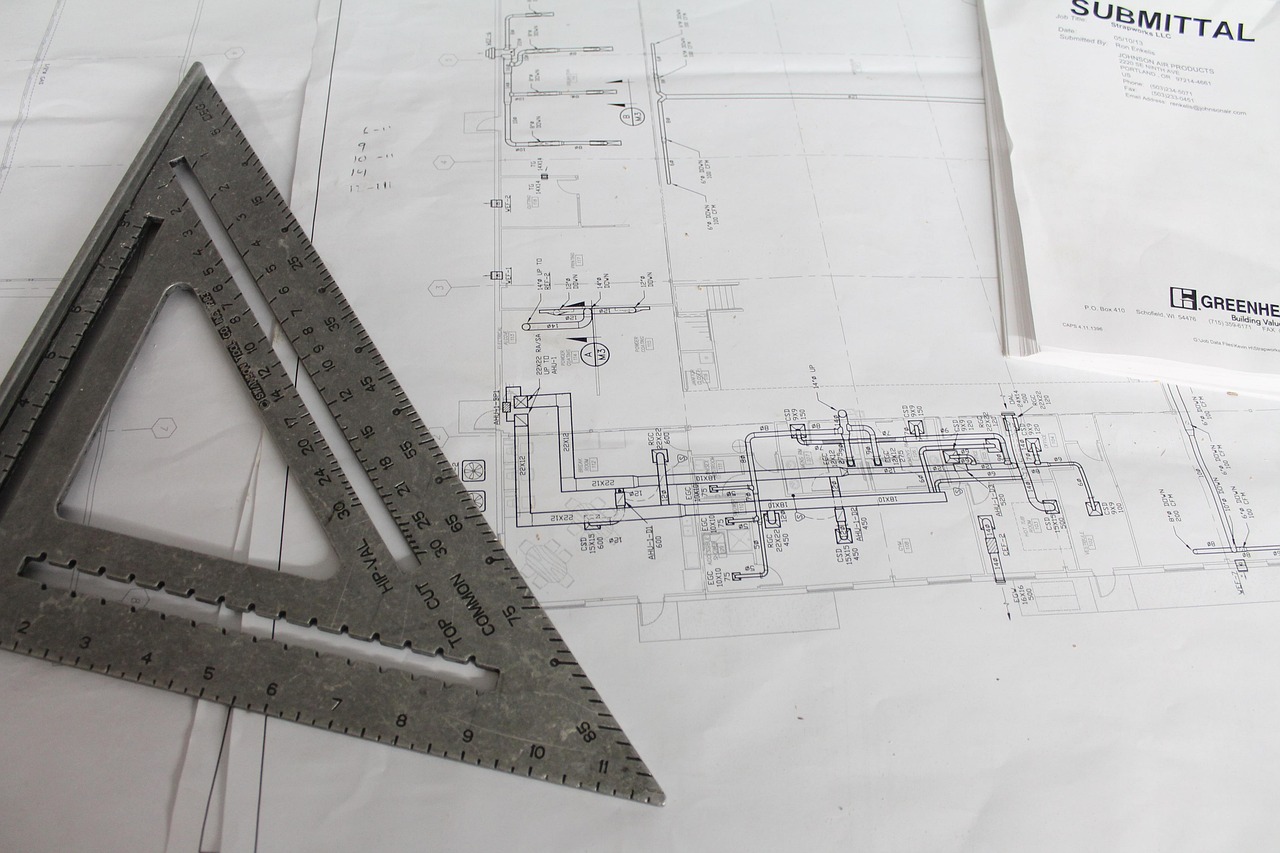Before and during any actual construction can begin, a wide variety of paperwork, such as bid forms, contractor agreements, scope of work, schedules, and a bill of goods, must be completed. Without efficient document management, it’s easy for things to get out of hand while trying to keep track of documents, make notes of changes, and disseminate information to the appropriate parties. In spite of this, it is a challenge in and of itself to develop an effective system for managing construction documents.
This comprehensive guide will teach you the fundamentals, explain why it’s vital, and, most importantly, show you how to use it successfully in your own business.
In the world of buildings, and infrastructure development, what exactly is “construction document management”?
Everything that has to do with a document’s creation, storage, retrieval, modification, or distribution falls under the purview of “document management,” a sect of project management that is vital to the construction industry.
While the term “construction document management” can apply to both digital and physical documents, many companies are moving in the digitaldirection to better manage the massive amounts of paperwork involved in today’s building projects.
Back in the day when blueprints were blue, the only thing that needed to be documented would be the plans with some notes on where changes or additions were made. Drawings, specs, estimates, consultant reports, building information modelling (BIM) files, and more are all standard practise today, even for the smallest construction projects. Through careful administration, you may provide your team with a unified reality upon which to base decisions as necessary.
Moving to a digital document management system can bring it with it huge advantages, not to mention, at least, the implementation of an environment-friendly way of working.
Why is it necessary to have a digital document management system?
Management of construction documents has many advantages.
Your work and communications with clients will run more smoothly with a construction document management system, relieving you of the administrative strain of being the central hub for everything.
The greatest document management systems may completely transform your company by giving you and your staff instantaneous access to all the data you need to perform at a high level. However, operating with a subpar system reduces productivity and increases vulnerability.
Major benefits can be attained by investing in document control methods, such as:
Professional outline: To put forward a credible image, you must purchase a construction management system. To increase your chances of winning RFPs and bids, it’s important to show your staff and clients that you run a tight ship.
Better productivity: From daily construction reports to secure file storage, digital documentation helps you manage your business more efficiently.
A lighter administrative load – When you have a reliable digital system in place, you can delegate more of the administrative work to your team members and clients.
More focus: Better coordination means less time spent each week on mundane tasks like data entry and phone calls with subcontractors.
Reduced Fault Finding – It is much easier to improve procedures and reduce the likelihood of mistakes if manual or physical data entry is eliminated.
How can you transfer to digital document management?
Here are a few tips to understand the process of how your company can make the transition to digital document management:
- Adopt cloud-based applications
After evaluating your current procedures, you undoubtedly recognise the value of a document management system.
Today, business is conducted from numerous locations other than the office. It is essential to have software that allows you to operate from any location. Cloud-based software enables you to view your papers from anywhere, whether you’re in the field, on the highway, or at your kitchen table. It enables business owners, subcontractors, administrators, and field-based staff to obtain the necessary files quickly and efficiently.
Accessing crucial files from your phone, ipad, or any desktop PC eliminates the need to wait for papers to be sent to you. In addition, it is possible to operate very efficient, high-tech websites that incorporate tablets and smartphones into everyday operations to achieve significant efficiencies.
- Choosing the appropriate business software
There are numerous document management software options available. Other software, however, is developed for a wider variety of use situations. These more broad softwares can give document management solutions in addition to automating client billing, managing material deliveries, and delivering business growth insights.
- Combine your systems
Just as it is crucial that your employees can readily share documents with one another, it is crucial that your softwares can also share documents.
Construction frequently necessitates the use of diverse specialist document software, including Adobe, CAD, Quickbooks, and others. These systems will not be replaced, thus your new systems must accept them.
Connected systems allow you to maintain a consistent track record of each file across many applications. This allows project teams to keep a single source of truth as opposed to several locations where multiple variations of the same material can be located.
- Consider security measures
Your document management system should prioritise the security of your construction documents while they are in use and after they have been preserved. Leaving project papers on-site or storing them insecurely poses a significant danger to your business.
Based on the roles of your contractors, one of the best methods for safeguarding project documents in the construction sector is carefully authorising and/or restricting the access to features, particular project details, schedules, and reports. Accountants, foremen, and program managers will have varying needs and data and control requirements for their respective building projects.
Using a superior document management system will ensure the security of your information and make collecting and storing documents effortless. A tiered-access solution empowers team members by automatically granting them access to the information they require, while maintaining the confidentiality of your data.
To conclude:
Paper is a bother. It occupies space, can be lost or damaged, poses a fire risk, and is a liability in general. It hinders your company and makes your task more difficult!
Digitalization reduces the administrative effort and risks associated with paper management. But when documents are digitised, manual data entry presents a risk for human mistake.
The more chances you can take advantage of to automate procedures, such as digital timesheets, e-tickets, and daily electronic form submissions, the greater the benefits of your document management system will be.




